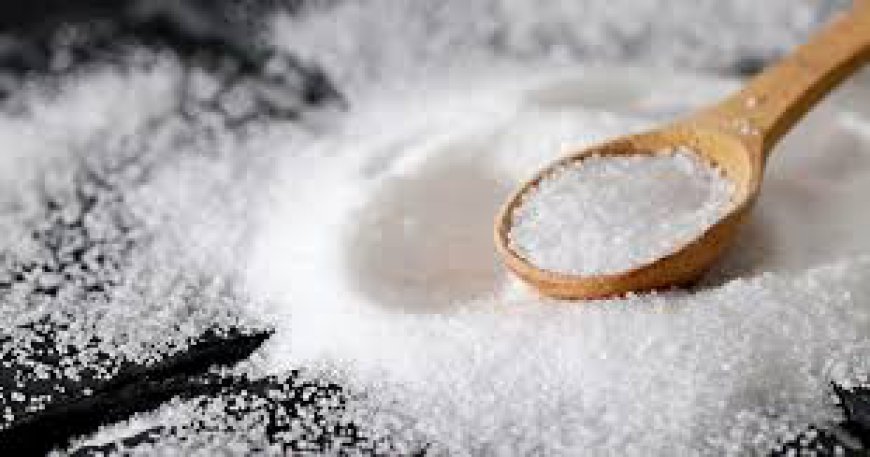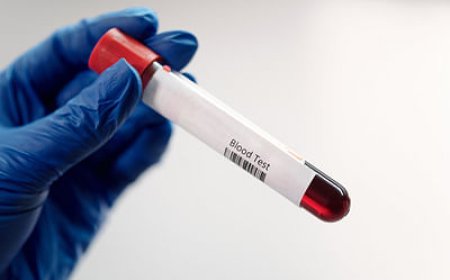A Single Gram of Salt Could Prevent Millions of Heart Attacks
High blood pressure, or hypertension, remains a silent but deadly epidemic, contributing significantly to heart disease and strokes globally. Research has consistently pointed to dietary sodium—primarily from table salt—as a key factor influencing blood pressure levels. A recent analysis has underscored a shocking statistic: a mere one gram reduction in daily salt intake could potentially prevent millions of heart attacks worldwide. This article delves into the relationship between salt consumption and cardiovascular health, the scientific findings surrounding this issue, and practical strategies for reducing sodium intake.

Understanding Sodium and Its Impact on Health
Sodium is an essential mineral that plays a critical role in various bodily functions, including fluid balance, nerve transmission, and muscle contraction. However, the typical Western diet is notoriously high in sodium, often exceeding the recommended limit of 2,300 mg per day—equivalent to about one teaspoon of salt. Many health organizations recommend an even lower intake of around 1,500 mg per day, particularly for those with existing health issues like hypertension.
Excessive sodium consumption has a direct link to elevated blood pressure. When we consume too much salt, the body retains more water to dilute the sodium in the bloodstream. This increase in blood volume puts additional pressure on blood vessel walls, leading to hypertension. Over time, high blood pressure can damage the heart and arteries, significantly raising the risk of heart attacks and other cardiovascular diseases.
The Research Findings:-
Recent studies, including those highlighted in the ScienceAlert article, have demonstrated that reducing sodium intake by just one gram per day could have profound implications for public health. A global analysis suggested that this seemingly small change could prevent millions of heart attacks annually.
For instance, a 2019 study published in the journal *Circulation* found that even a modest decrease in salt intake could lower the incidence of cardiovascular events. The researchers modeled various scenarios and projected that a reduction of 1 gram per day could lead to approximately 1.6 million fewer heart attacks and strokes in the United States alone.
Mechanisms of Action-
Understanding how salt intake influences heart health involves exploring several physiological mechanisms:
1. Blood Pressure Regulation: As mentioned, sodium directly affects blood volume and pressure. Lowering sodium intake can lead to a reduction in blood pressure, thereby decreasing the risk of heart disease.
2. Vascular Health: High salt consumption has been linked to endothelial dysfunction, where the inner lining of blood vessels does not function properly. This dysfunction can contribute to the development of atherosclerosis, a condition characterized by plaque buildup in the arteries.
3. Hormonal Responses: Sodium intake can affect the renin-angiotensin-aldosterone system (RAAS), which regulates blood pressure and fluid balance. A high-sodium diet can lead to increased secretion of hormones that promote water retention and vasoconstriction, further elevating blood pressure.
The Global Perspective:-
The potential impact of reducing salt intake is not limited to developed countries. In low- and middle-income nations, where salt consumption is often high and healthcare systems are less equipped to manage chronic conditions, the benefits of reducing sodium could be even more significant.
According to the World Health Organization (WHO), an estimated 2.5 million deaths from cardiovascular disease could be avoided each year through effective salt reduction initiatives. Public health campaigns that educate populations about the dangers of excessive salt intake and promote healthier dietary choices are essential for fostering change.
Practical Strategies for Reducing Salt Intake:-
Given the clear link between salt consumption and heart health, it is vital for individuals and communities to take proactive steps to reduce sodium intake. Here are some practical strategies:
1. Read Labels: Many processed foods contain high levels of sodium. By reading nutrition labels and choosing products with lower sodium content, consumers can make healthier choices.
2. Cook at Home: Preparing meals at home allows for better control over the ingredients used. Opting for fresh ingredients over processed foods can drastically reduce sodium intake.
3. Use Herbs and Spices: Instead of salt, enhance the flavor of dishes with herbs, spices, vinegar, and citrus juices. This not only reduces sodium but also adds nutritional value to meals.
4. Limit Processed Foods: Many convenience foods, such as frozen meals, snacks, and canned goods, are laden with sodium. Choosing whole, unprocessed foods can make a significant difference.
5. Be Mindful of Portion Sizes: Reducing portion sizes of high-sodium foods can help manage overall sodium intake without drastically changing dietary habits.
Community and Policy Initiatives:-
On a broader scale, policy initiatives can play a pivotal role in reducing salt consumption. Governments and health organizations can implement the following measures:
1. Public Education Campaigns: Increasing awareness about the health risks associated with high sodium intake can empower individuals to make informed dietary choices.
2. Regulating Food Industry Standards: Encouraging or mandating food manufacturers to reduce sodium levels in their products can have a widespread impact. Some countries have already adopted salt reduction targets, resulting in noticeable decreases in average sodium consumption.
3. Promoting Healthy Eating Environments: Creating environments that facilitate healthy eating—such as making fresh produce readily available and affordable—can help communities make better dietary choices.
4. Collaboration with Restaurants: Engaging restaurants to reduce salt in their dishes and provide lower-sodium options can make eating out healthier.
Conclusion:-
The evidence is clear: a reduction of just one gram of salt per day could save millions of lives by preventing heart attacks and improving overall cardiovascular health. The interplay between dietary sodium and hypertension highlights the need for individual responsibility alongside systemic changes in food policy and public health initiatives. By understanding the importance of sodium reduction and implementing practical strategies at both personal and community levels, we can collectively tackle one of the leading preventable causes of heart disease and pave the way for healthier futures.
Through informed choices and proactive measures, we have the power to make a difference—one gram at a time.

















































